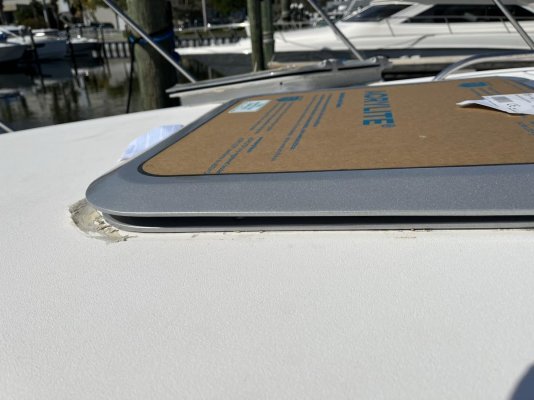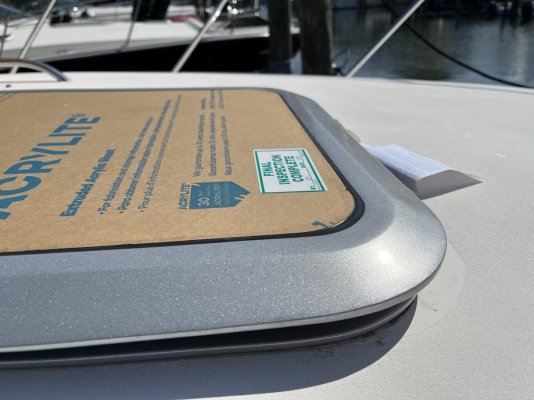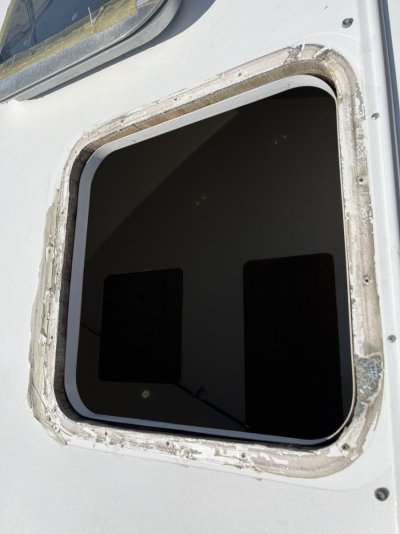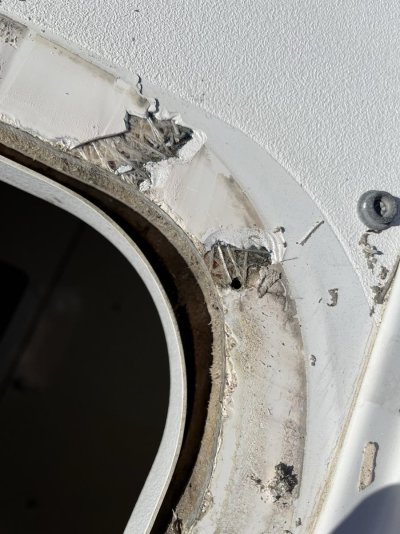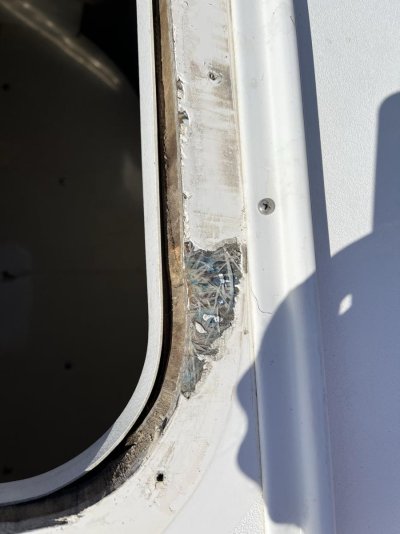GMandGW
Veteran Member
- Joined
- Mar 15, 2021
- Messages
- 32
- Vessel Name
- Liver Spots
- Vessel Make
- 1987 Nova Sundeck
Hello fellows,
After putting in the order back in Oct 21, my wife and I finally received 2 replacement hatches from Bomar for our 95 Wellcraft Portofino 43. They have been allegedly sized to drop into the current designated space.
I feel this is a project my wife and I can reasonably complete but would like tips if any of you have attempted this.
Mainly curious as to the best watertight sealant solution.
Any feedback is appreciated.
Happy boating!
After putting in the order back in Oct 21, my wife and I finally received 2 replacement hatches from Bomar for our 95 Wellcraft Portofino 43. They have been allegedly sized to drop into the current designated space.
I feel this is a project my wife and I can reasonably complete but would like tips if any of you have attempted this.
Mainly curious as to the best watertight sealant solution.
Any feedback is appreciated.
Happy boating!

